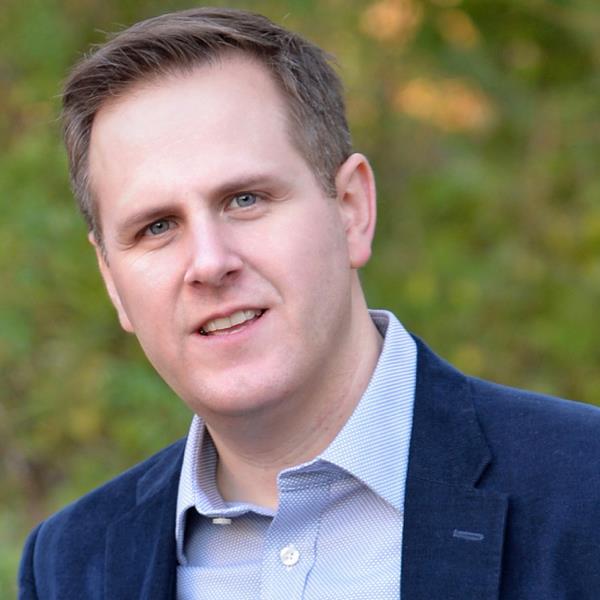Rob Ristagno, founder and CEO of Sterling Woods, on the power of membership programmes
 |
Rob Ristagno, the founder and CEO of Sterling Woods, a consulting and analytics company that specialises in working with publishers to create membership programmes, believes that content and data can combine to deliver income-generative audience communities.
At DIS 2019 he will explain about how in order to monetise their audience, media companies need to make their readers feel cherished. Here he discusses the potential of membership programmes, highlights which companies are doing them effectively and talks about the dangers of the inertia cycle.
***Book now at our standard rate for DIS 2019, taking place on 25 to 26 March in Berlin. Delegate rates will increase by €200 after 12 March. Sign up here***
Tell me about your career so far – what was your journey to Sterling Woods?
A professor gave me this advice: go into an industry you love and look for a problem to solve. I did just that! I have always loved the intersection of media and data. After starting as a consultant at McKinsey, I went on to be an executive at various media companies, including America’s Test Kitchen. The problem that needed to be solved was ‘media companies need to re-think their business models given the challenges in the advertising world. Media companies need to find ways to generate more revenue directly from their audiences, so they are less dependent on ad sales.’
What was the catalyst that lead to the formation of Sterling Woods?
Working with many different companies revealed a solution that worked time and time again – let’s use our content and data to build an amazing community for our audience. In other words a membership so valuable, that people are willing to pay to join. It requires a lot more than just slapping a “paywall” on your site or bundling a bunch of old content.
How exactly does Sterling Woods work and explain about your key product Trailblazer?
We’re a consulting and analytics firm. We built a proprietary analytical framework, a set of tools, and a series of models for developing a compelling value proposition that will predictably attract audience into a membership programme. We also have analytical methods to constantly measure and correct to keep members engaged and enrolled.
And what level of consultancy do you find that clients also need? Would you say more about your approach?
The secret is to find, then focus on, your “whales” – the most engaged and enthusiastic segment of your audience. Then we deploy our “SPIN” framework to discover unique – and simple – insights that drive the membership program forward.

You talk about the ‘inertia cycles’ ‘initiative inertia’- what do you mean by this?
Companies unfortunately can get stuck doing the same thing year after year. The same email marketing campaigns, the same reports, the same promotions. This is dangerous, because the world is changing. It’s simple laws of physics: if we encounter a negative force on our business, but we don’t do anything new, we will be pushed down. We help our clients stop investing time, money, and resources in what used to work but doesn’t work anymore. Then we can reinvest in new, predictably positive opportunities.
Can you give me some examples of media companies who have deployed your services?
We’ve worked with over 30 brands across consumer, business, association, and regional media outlets. Active Interest Media, Taunton Press, Diversified Communications to name just a few.
Longer term do you think it is possible that membership will replace advertising as the key source of revenue for media companies?
Absolutely YES. Advertising won’t fall to cero per cent but it will no longer be the majority of the revenue. We can already see the New York Times makes more money from subscriptions / memberships than advertising.
Which of the big media companies are doing membership schemes well? What differentiates them and what lessons can other companies learn from them?
The New York Times, The Atlantic, Politico, and The Wall Street Journal are leading the way. I’d also encourage media executives to look at successful membership programmes from outside our industry: the Sephora Beauty Insider or the Restoration Hardware Members Program, for example. The key to success is that these brands don’t have a “one size fits all” approach to their product or marketing. They make members feel special. They understand the true wants and needs of members, and how to use content and other benefits to solve real problems. They didn’t just haphazardly bundle together stuff they already had.
Beyond membership schemes what do you think will be the next significant emerging revenue source for media companies?
Selling insights based on all the first party data we are collecting (but NOT just selling the data). Non-media companies salivate over all the great information we naturally collect.
 |
***Book now at our standard rate for DIS 2019, taking place on 25 to 26 March in Berlin. Delegate rates will increase by €200 after 12 March. Sign up here***
More like this
How brand extensions can transform a media business
What global publishers can learn from South African media
Has the time come for content micropayments?
Vince Errico, chief digital officer at Trusted Media Brands, on the challenge of culture change
Nancy Spears, CEO of genconnectU, on when and how to pivot
Neue Zürcher Zeitung’s head of digital product on innovating in voice and personalised content
NYT’s chief technology officer on how the newspaper harnesses technology to innovate









